Part 4: Not Just What You Pay, But How You Buy
Historically, many have viewed importers as middlemen, a gateway through which coffee passes on its way from the farmer to the roaster, adding nothing much but hassle and costs. While the direct trade movement has done a lot for promoting healthy supply chains in specialty coffee, it has inadvertently reinforced this narrative, downplaying the role of importers in sourcing, logistics, and overall quality. Depending on the importer you work with, they can play a major role in your coffee’s quality from start to finish, and when you buy coffee from an importer, you’re also buying into their supply chains and the roots they have—or haven’t—put down in a particular region.
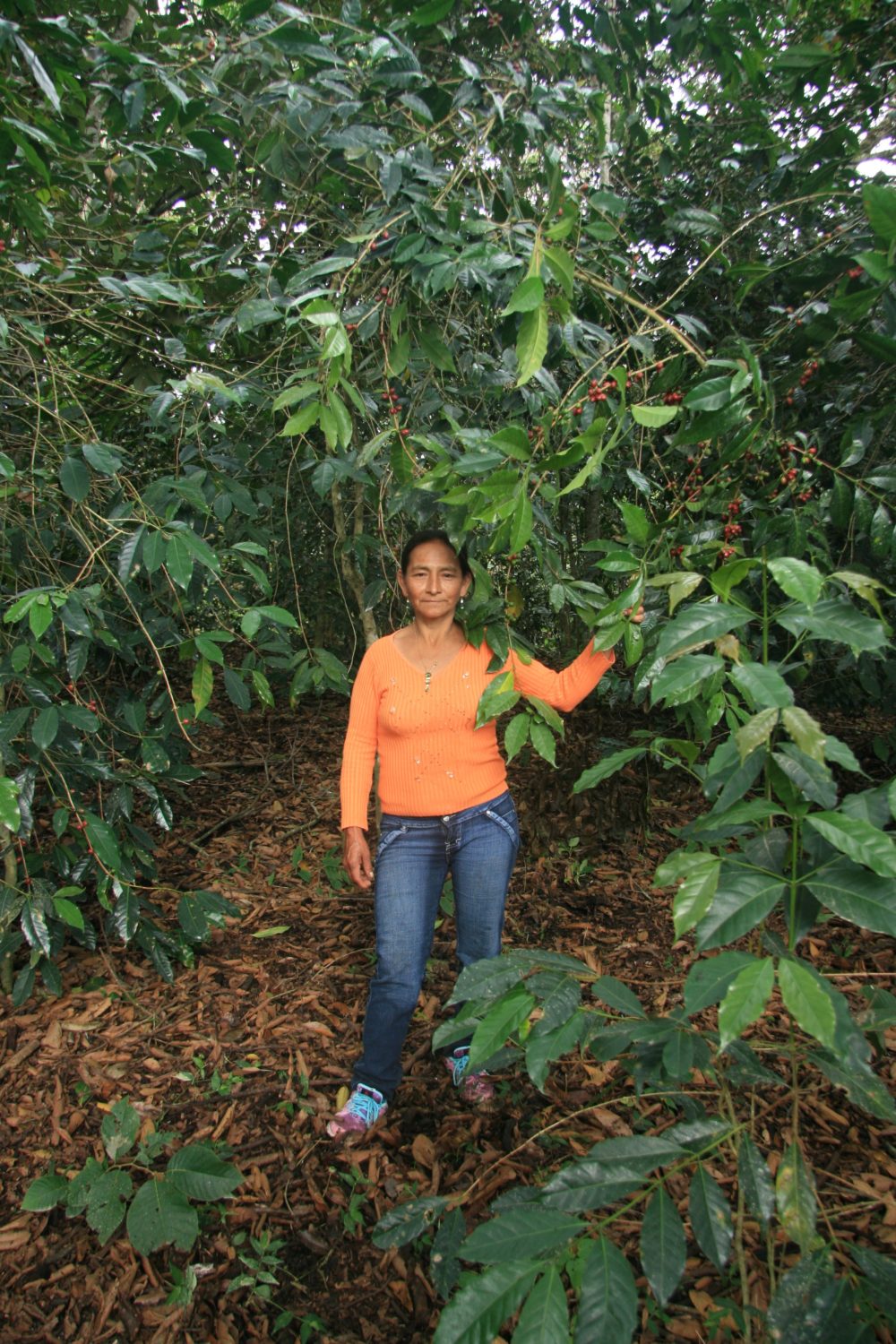
How Does Your Importer Set Coffee Prices?
Many importers fix their prices around the C market, paying a certain amount over it at any given time. It’s good to ask if your importer does this or not, because the C market is extremely volatile; importers who price coffee that way may beat the C market price, but they’re still subjecting producers to a fluctuating income, leaving them vulnerable to not recouping their costs in a given season, much less being able to reinvest profits into their farm.
Other importers pay just slightly above average baseline rates for the lower quality brackets they purchase, then pay out premiums for higher quality brackets in an attempt to incentivize higher-quality production. It’s important to remember that no matter how talented most producers are, the main bulk of what they produce will still live in the lower quality brackets, so the baseline price an importer pays is essentially who they are as a coffee buyer.
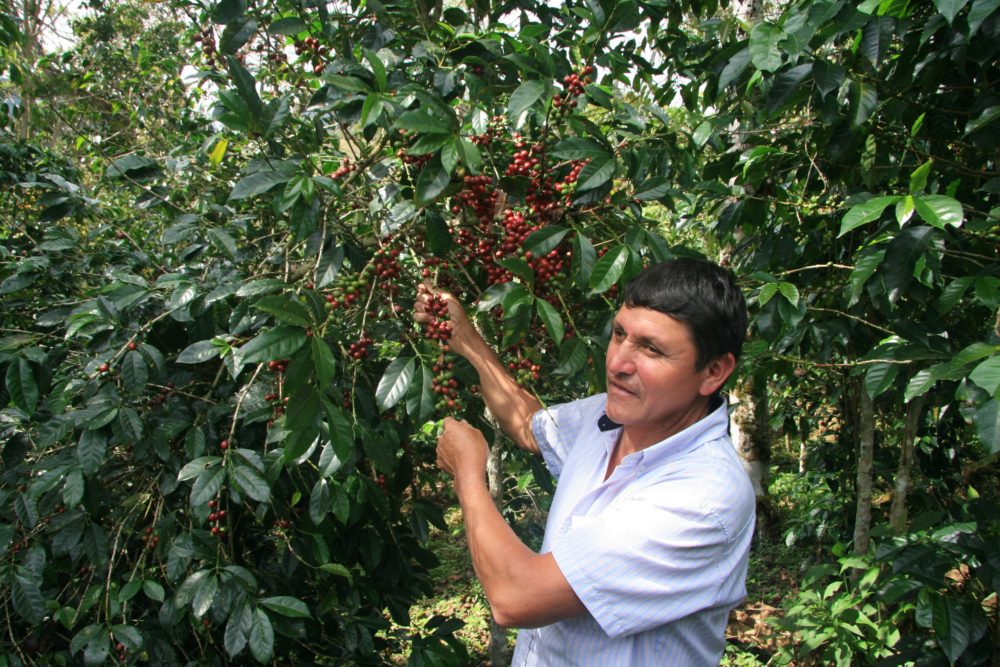
At Red Fox, we see our prices as a key part of our sourcing strategy, allowing us to access the best producers and producing groups while allowing them to do their best work year after year. To do this, we set our baseline rates not against the C market and not against the local average, but at a rate that incentivizes producers selling their coffee to us rather than someone else, which benefits all parties. Beyond that, producers also receive quality premiums for higher-scoring lots, allowing them to allocate resources toward producing special microlots without being afraid to lose money in the process. Since we also think of this as a retention strategy, we pay more to producers over time, especially when their work is stellar. For a frame of reference, the average FOB price of our coffee in 2018 was 200% above the Fair Trade floor price, and the highest price we paid for a coffee in 2018 was almost 700% above the Fair Trade floor price.
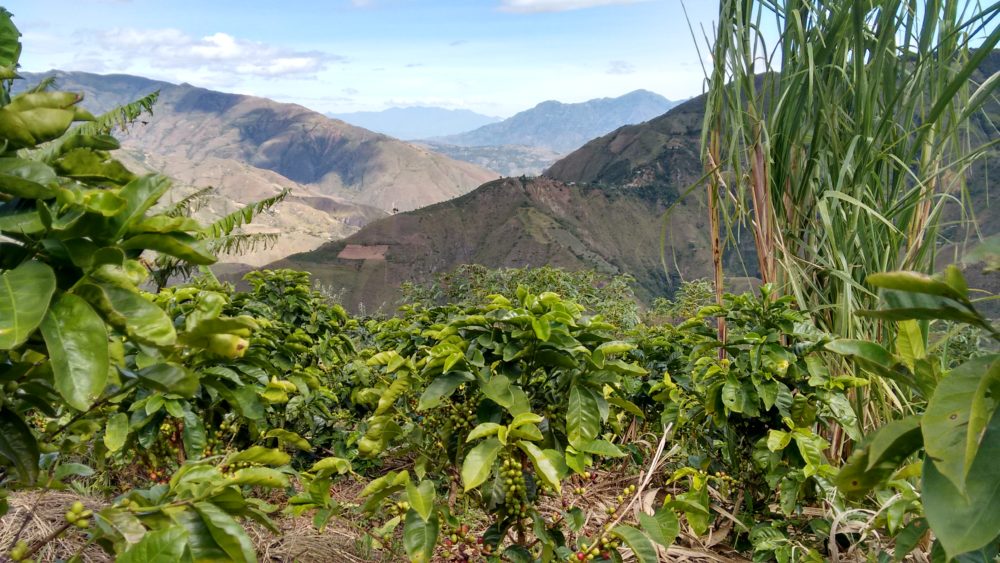
How Does Your Importer Build Supply Chains?
One of the things that’s important to know about your importer is how they work within a supply chain. While the myth of the importer as useless middleman is largely just that, that doesn’t mean that all supply chains are created equal, and it’s important for importers to speak honestly about the role they play.
Many importers, especially ones on the smaller end of the spectrum, receive samples from exporters, cup them, and buy their favorites. While this is a perfectly legitimate way to buy coffee, it doesn’t take up nearly the same amount of time and energy that it takes to seek out new farmers and try to close gaps in market access. It also doesn’t constitute the same investment in developing resilient supply chains.
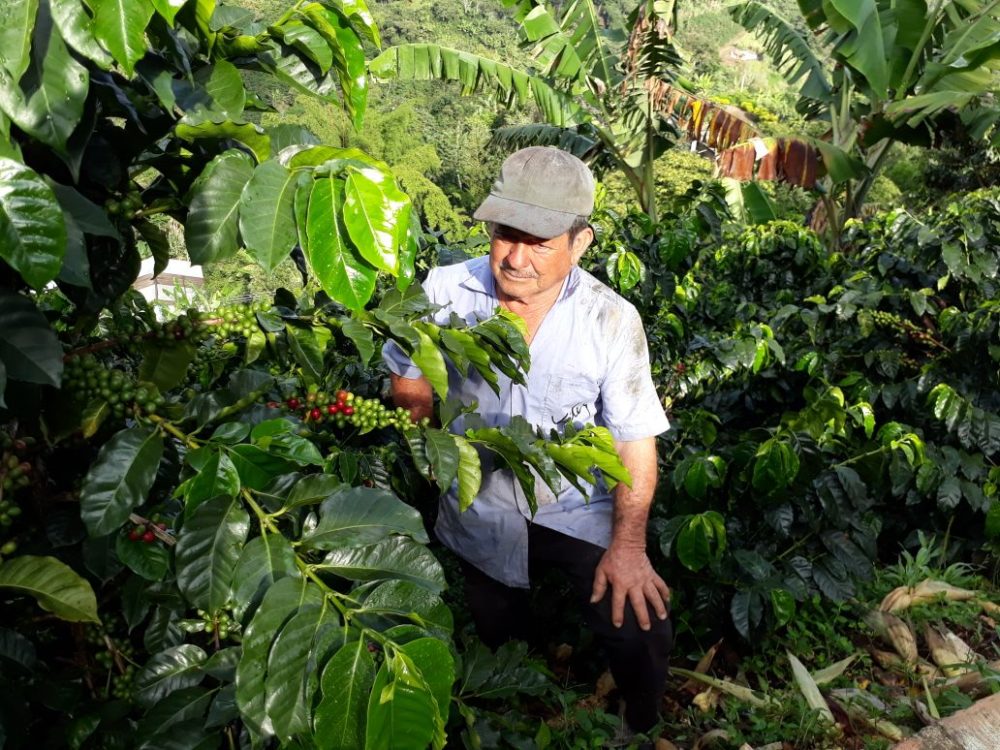
If that investment matters to you as a consumer, it’s important to talk to your importer about how they buy coffee; things like how much time they spend at origin, what they do when they’re there, who hosts them when they go, who coordinated the hosting, will give you some clues as to how vested they are within a region.
At Red Fox, we work very particularly in regions where we can work within our ideal purchasing model: deep investing in regions that are hard to reach, that have historically lacked market access and differentiation from the larger pool of regional coffee. While we’re very much focused on curating quality, we’re also deeply embedded in the supply chains we work within.
How Does Your Importer Add Value?
When you think about the price paid to the producer, it’s important to think about what kind of value an importer adds to the producer’s work.
For instance, at Red Fox we spend hours each day cupping samples. We might cup hundreds of samples to put together a bulk regional lot, separating out extra high-quality offers along the way and reporting our results back to each producing group. To make sure our cupping protocols are accurate and unbiased, we use a double-blind cupping system called signal detection where samples are randomized with multiple cups placed apart from each other on the table. To make sure our roasting protocols accurately represent every coffee that comes through our door, we do countless Ikawa experiments, tweaking our profiles constantly in order to find the profile that will show us who the coffee really is. And, once coffees arrive at the warehouses we work with, we taste every coffee every 30 days for as long as we’re in our position to track their quality over time and use the information to keep getting better.
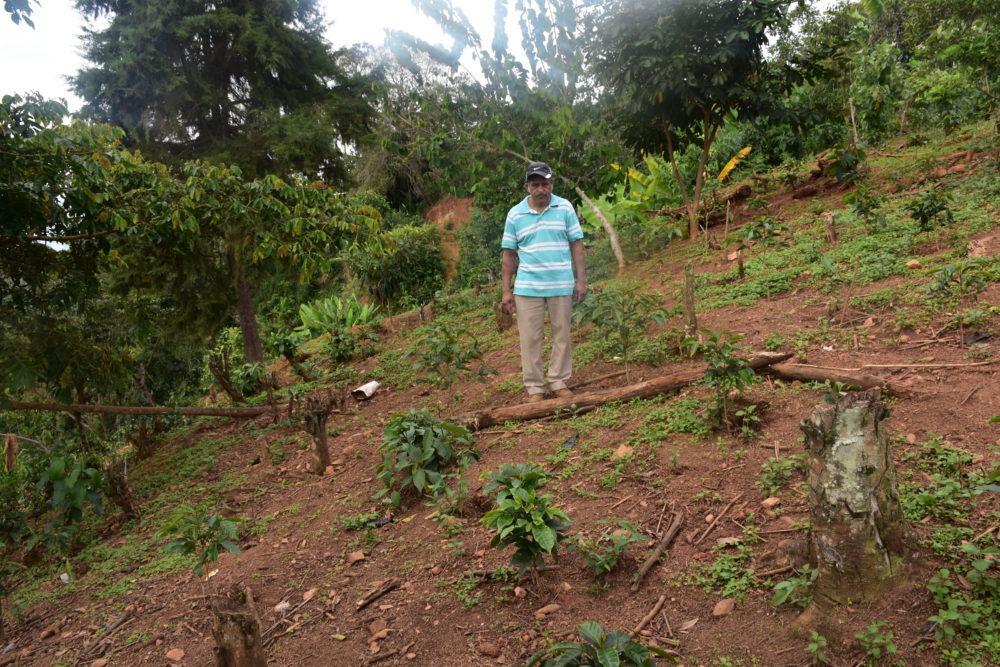
Beyond that, people may not find logistics very exciting, but they can have a huge impact on quality. It takes a lot of work, but we make sure that coffee gets from origin to here in as timely and direct a manner as possible, ensuring that it lives up to its full quality potential from start to finish.
Importers come in all shapes and sizes, and even more than asking how much a producer got paid, it’s critical to learn about yours and how they work.
To learn more about the complexities of coffee pricing, take a look at Part 1, Part 2, and Part 3. Stay tuned for part 5, which will cover how to ask an importer the right questions to make sure your purchases fit your values.
By: RJ Joseph
